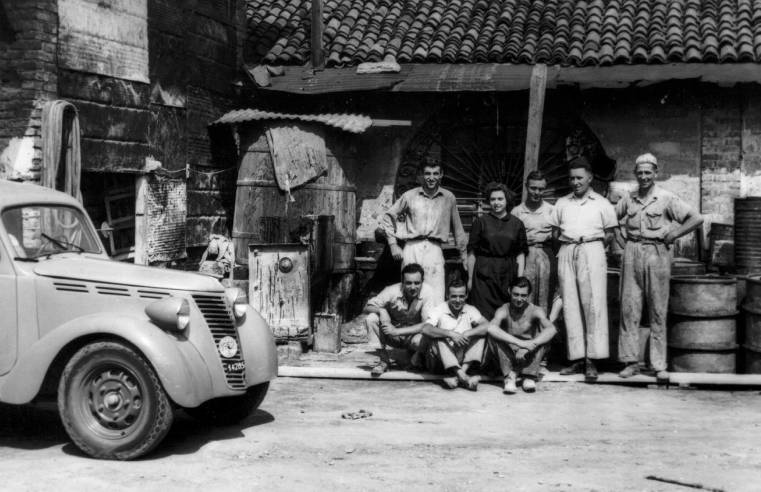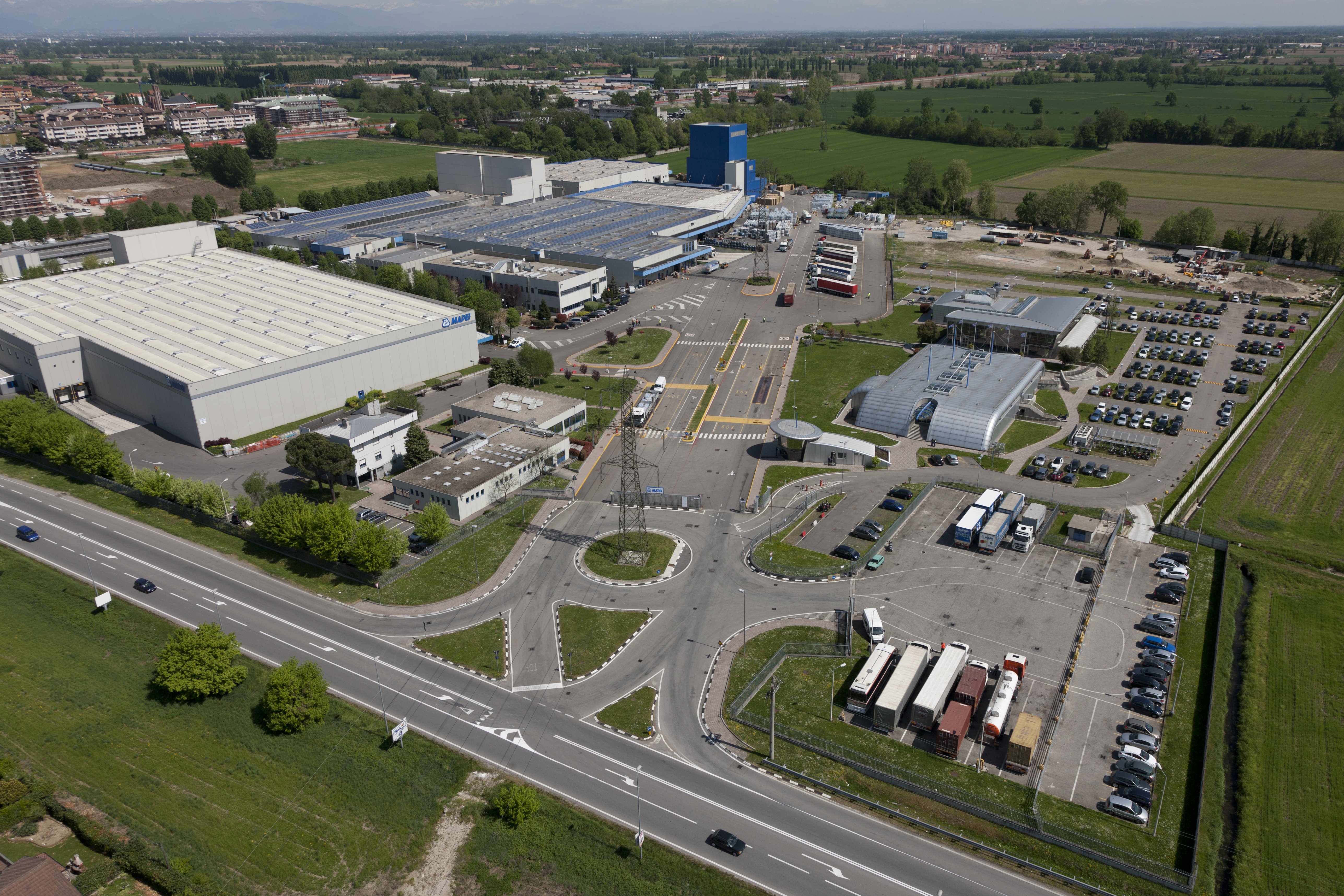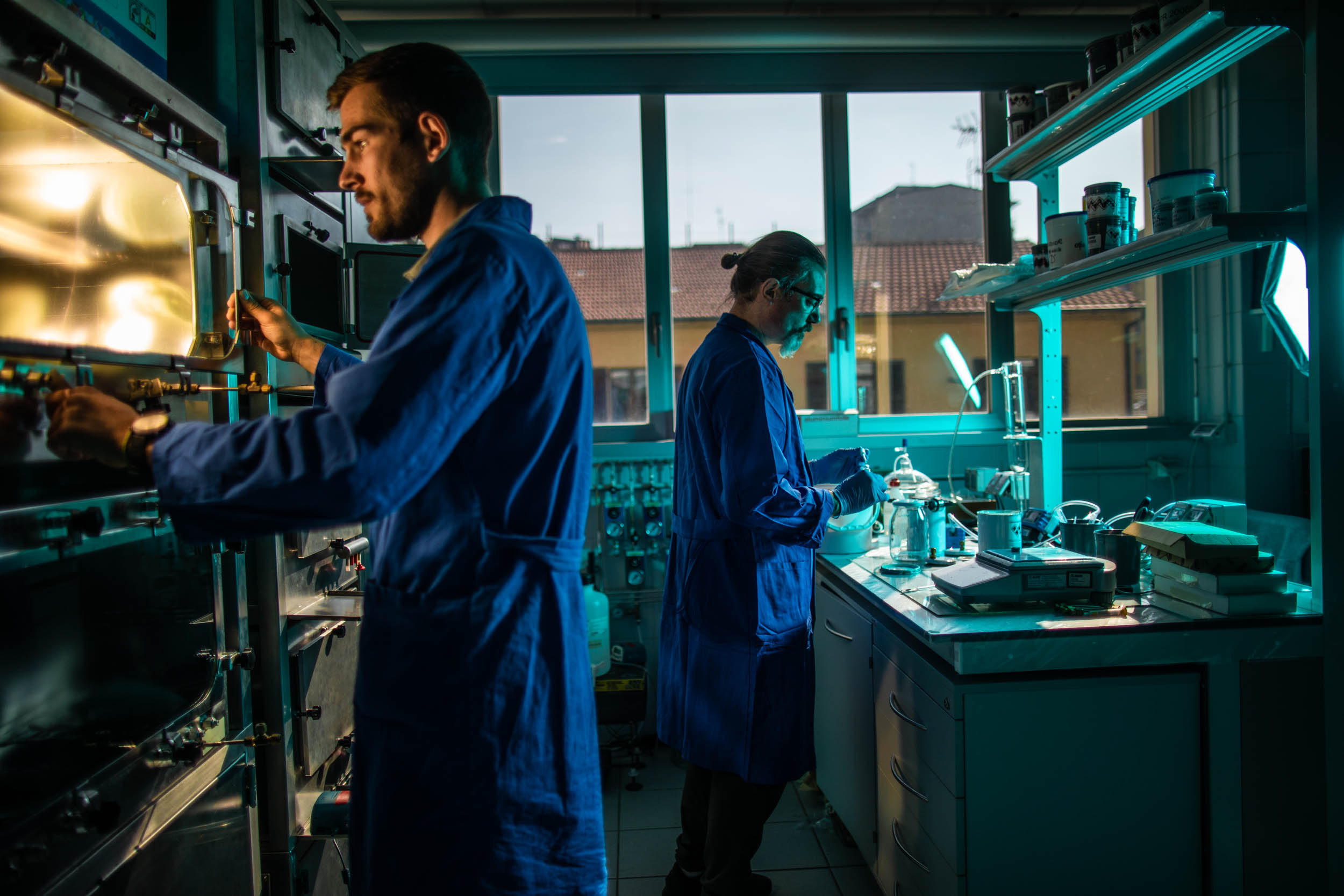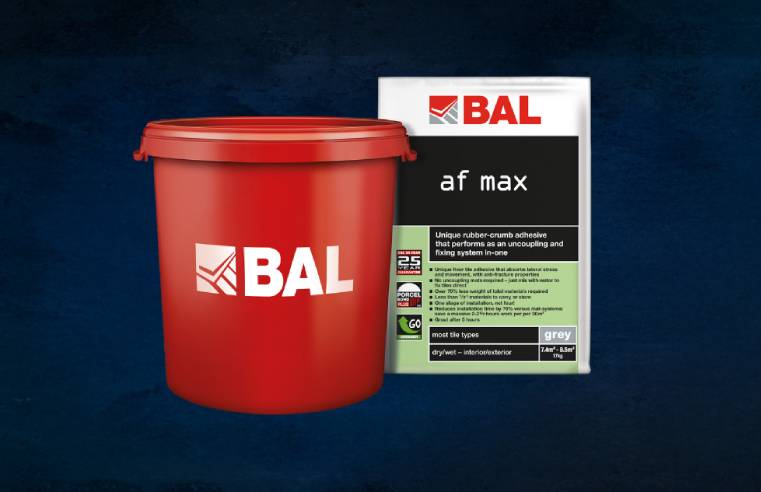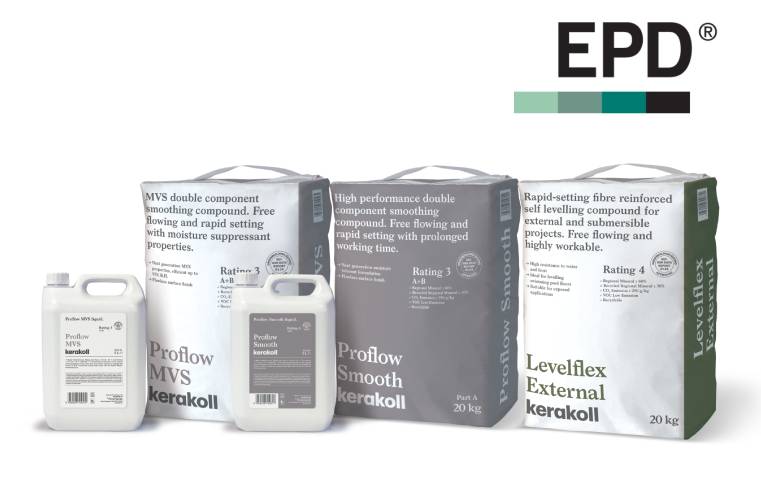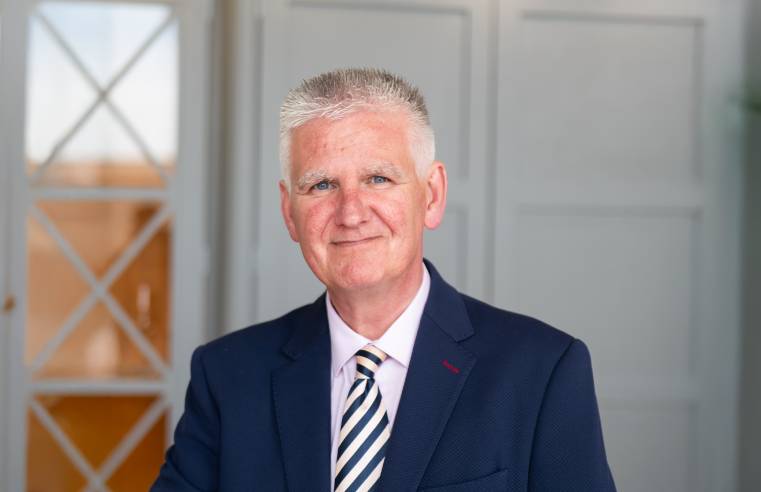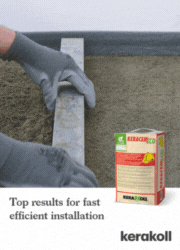The farsightedness and passion of Giorgio Squinzi, at the helm of the company from 1984 to 2019, the constant support of his sister, the lawyer Laura Squinzi, and the insight of his wife Adriana, head of marketing and communications strategy, have steered the way ahead, laying the foundations for what are now the Group’s pillars: Internationalisation, Research and Development, Specialisation and Sustainability. Support for culture and sport have also helped secure close ties between business operations, the surrounding region and the company itself. These bonds are still the company’s most distinctive trait worldwide.
Since 2019, Laura Squinzi has been Chairman of the Board of Directors, which also includes Veronica and Marco Squinzi as Group CEOs, and Simona Giorgetta.
Veronica Squinzi said: "We are treating this important milestone more like a starting line. We are ready to face new challenges, knowing that we can count on a team of the highest calibre. Mapei is a company with its heart in Italy and its eyes looking out across the globe. Since our grandfather took that historic first step in 1974 and built the athletics tracks for the Montreal Olympics, we have never stopped investing in new markets. Today we have 91 subsidiaries in 57 countries, and we have no intention of stopping here. We recently acquired the French company Resipoly and we are currently building five new factories everywhere from the United States to China".
Marco Squinzi went on to add: "Our deep commitment to innovation and research is still a major part of the entire Group strategy. We are a chemical company manufacturing products for the building industry and the aim of our 32 research laboratories is to come up with cutting-edge products to make building increasingly sustainable by focusing on durability and quality. We believe that extending the lifecycle of existing buildings is the best way to consume fewer resources and produce less waste for landfills. We are also committed to making increasing use of raw materials with low environmental impact or secondary raw materials to help boost the circular economy, simultaneously striving to reduce the use of hazardous substances to a minimum in order to protect not only the environment but also workers’ health ".


